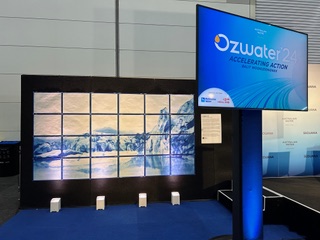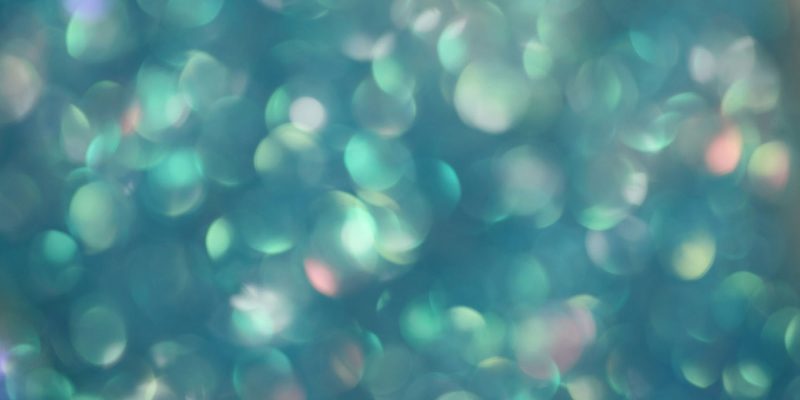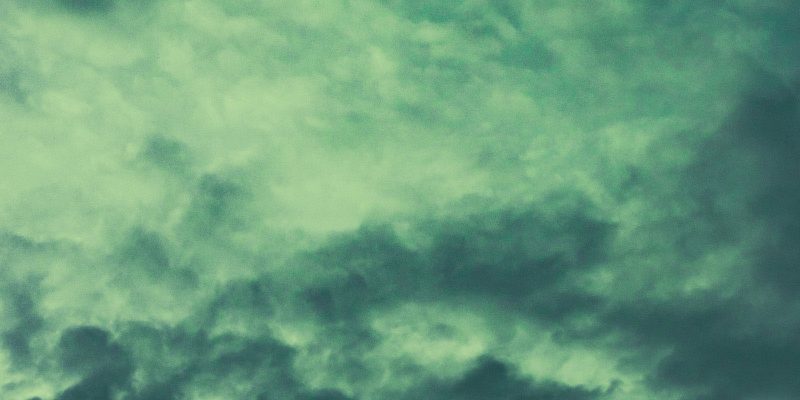
In December 2022, the United Nations designated 2025 as the International Year of Glaciers’ Preservation and declared March 21st as the annual World Day for Glaciers, starting from that year.
With nearly two billion people and our global economy relying on water glaciers for drinking, agriculture or energy production, rapid and effective actions are crucial to protect these vital resources.
World Water Day is tomorrow, and this year’s theme embraces this global call to action “Save our Glaciers” to increase awareness about the vital role of glaciers, snow and ice in the climate system and water cycle. It also highlights the economic, social, and environmental impacts of changes in the Earth’s cryosphere.
Due to climate change mainly caused by human activities, glaciers are rapidly melting impacting local communities and ecosystems, increasing the risk of geohazards, changing regional water availability, and contributing to global sea-level rise.
As part of Sustainable Development Goal 6: ensuring water and sanitation for all by 2030, World Water Day’s theme encourages people to take a stand in this cause and reduce greenhouse gas emissions.
The campaign aims to educate the public about the importance of glaciers and the threats posed by their melting. It also seeks to build strong advocacy to unlock new policies and urge policymakers to implement strategies to reduce carbon emissions and adapt to changing water flows caused by glacier melting.
Limiting global warming to 1.5°C could help save glaciers in two-thirds of World Heritage sites. This is why it is vital to continue developing adequate policies, implementing nature-based solutions, and reducing our carbon footprint.

GLACIERS: A LESSON IN SURVIVAL AND RESILIENCE
Sequana’s Associate Director, Sout & East Australia, Hannah Walmsley, knows from first-hand experience the importance of preserving the glaciers as a result of her trips and treks to see various glaciers around the globe, and the sense of survival and resilience they bring to life.
With glaciers melting, it also creates a sentiment of loss for local communities thriving in this robust now unstable ecosystem. Is resilience even possible in this environment? 
Hannah Walmsley discussed the awareness of glaciers’ disappearance with one of her tour guides during her several trips. Since her childhood, Hannah has developed a passion for exploring different environments and getting out of her comfort zone.
In 2011, Hannah decided to explore the vast nature of the Himalayas, including their many glaciers, and fell in love with mountain landscapes. Her first trekking journey took her to Nepal to climb Gokyo Ri which included exploration of the Ngozumpa Glacier in the Khumbu region. In 2019, she embarked on the Everest Base Camp and Kala Patthar treks that provided unspoiled views of the Khumbu Glacier at Mt. Everest in Nepal. Four years later, she embarked on the ‘O Circuit’ which followed alongside the impressive Grey Glacier in Patagonia, Chile, followed by a trip to the Perito Moreno Glacier in Patagonia, Argentina. Just last year, she returned to Nepal to push her limits by summiting Mera Peak, with the final three days of climbing on the Mera Glacier.
Enriched by these extraordinary experiences where she could push herself while admiring how a glacier could take different shapes and forms, imposing calmness and a sense of survival, she kept wondering – if glaciers disappear, where will local communities and cities source the water?
Experiencing these harsh conditions was humbling and discussions with locals on global warming were encouraged. With the ice melting away, seasons are coming earlier while scientists notice the emergence of ancient viruses among other consequences. As a water engineer, Hannah still ponders whether resilience is possible in this context. However, she believes that with global efforts, adaptable legislation and financial support, risks can be mitigated for nature to take a breather and local communities to thrive.

A DIFFERENT PERSPECTIVE: GLACIERS THROUGH THE EYES (AND LENS) OF AN ARTIST
If you attended OzWater’24, you may have seen an eye-catching piece of art featuring stunning glaciers, at the Sequana Exhibition Stage, part of Lingam. K’s Echoes of Melting Blue series.
This was part of a special panel event that Sequana brought to life, ‘A constant state of transformation’, to shine a spotlight on the environment through the eyes (and lens) of renowned artists, Lingam K. and Leela Schauble, who took part in a thought-provoking discussion on the topic ‘the future is shaped by those who can see it’ facilitated by Museum of Australia Photography Director, Anouska Phizacklea.
 Both Lingam K. and Leela were part of the Biennial International Festival of Photography, PHOTO 2024, which presented Australian and international artists, exhibiting works that highlight the ways humankind has contributed to the climate crisis, and prompting us to take action towards environmental repair, as they turn their critical lens on new technologies, our environment and the impact of climate change, to contemplate our possible futures.
Both Lingam K. and Leela were part of the Biennial International Festival of Photography, PHOTO 2024, which presented Australian and international artists, exhibiting works that highlight the ways humankind has contributed to the climate crisis, and prompting us to take action towards environmental repair, as they turn their critical lens on new technologies, our environment and the impact of climate change, to contemplate our possible futures.
Lingam K. is a research and lens-based artist passionate about narrating the complexity of our relationship to nature and how it’s tied into culture and the modern world. A PhD student at RMIT University, he is also a task force member of International Year of Glacier Preservation 2025.
 Lingam K. is currently investigating how “Scientific knowledge (climate change), traditional knowledge, and lived religion can open fresh and new ways of visualising and addressing the glacial melt in the Nepalese Himalayas.” In 2023, he spent two months in Iceland as part of an artist residency with The Association of Icelandic Visual Artists, an extension of his ongoing research into melting glaciers in the Himalayas. Echoes of Melting Blue is the creative outcome of that residency.
Lingam K. is currently investigating how “Scientific knowledge (climate change), traditional knowledge, and lived religion can open fresh and new ways of visualising and addressing the glacial melt in the Nepalese Himalayas.” In 2023, he spent two months in Iceland as part of an artist residency with The Association of Icelandic Visual Artists, an extension of his ongoing research into melting glaciers in the Himalayas. Echoes of Melting Blue is the creative outcome of that residency.
This series continues to explore the profound impact of human behaviour, which leaves an indelible mark on glaciers. The colour blue, inherent to cyanotype and glaciers, symbolises the fading cold, vast, and otherworldly landscapes. It evokes tranquillity and melancholy while capturing the physicality of glacial ice. The hues of blue, set against melting glaciers, poignantly remind us of the fragility and impermanence of our natural world.
The materiality of the cyanotype serves as a conduit for exploration, deepening the connection between the viewer and the urgency of glacial melt, accentuating the delicate nature of our environment on the verge of irreversible change.
Lingam K’s work with glaciers doesn’t stop there; between May and June last year, he also spent three weeks in the Khumbu, some of which was spent on the Ngozumpa Glacier (the same glacier that Hannah visited) doing fieldwork. In addition to photographing the glacier and doing field recording, he also conducted interviews to understand the changes communities are seeing and their impacts, which Lingam K. acknowledges are different from the glaciers in Iceland as the Ngozumpa Glacier is debris-covered.
This year, Lingam K. will be returning to the Ngozumpa Glacier to spend more time doing fieldwork and building on his research to-date. To learn more about his work, visit his website here.

PROTECTING FROZEN WATER RESOURCES FOR THE FUTURE
Glaciers are critical to life – their meltwater is essential for drinking water, agriculture, industry, clean energy production and healthy ecosystems. Rapidly melting glaciers are causing uncertainty to water flows, with profound impacts on people and the planet.
This World Water Day and into the future, the UN calls for global cooperation to protect glaciers and ensure sustainable water management.
We must work together to put glacier preservation at the core of our plans to tackle climate change and the global water crisis.
To learn more about World Water Day and the ‘Save Our Glaciers’ campaign, visit: World Water Day | United Nations


